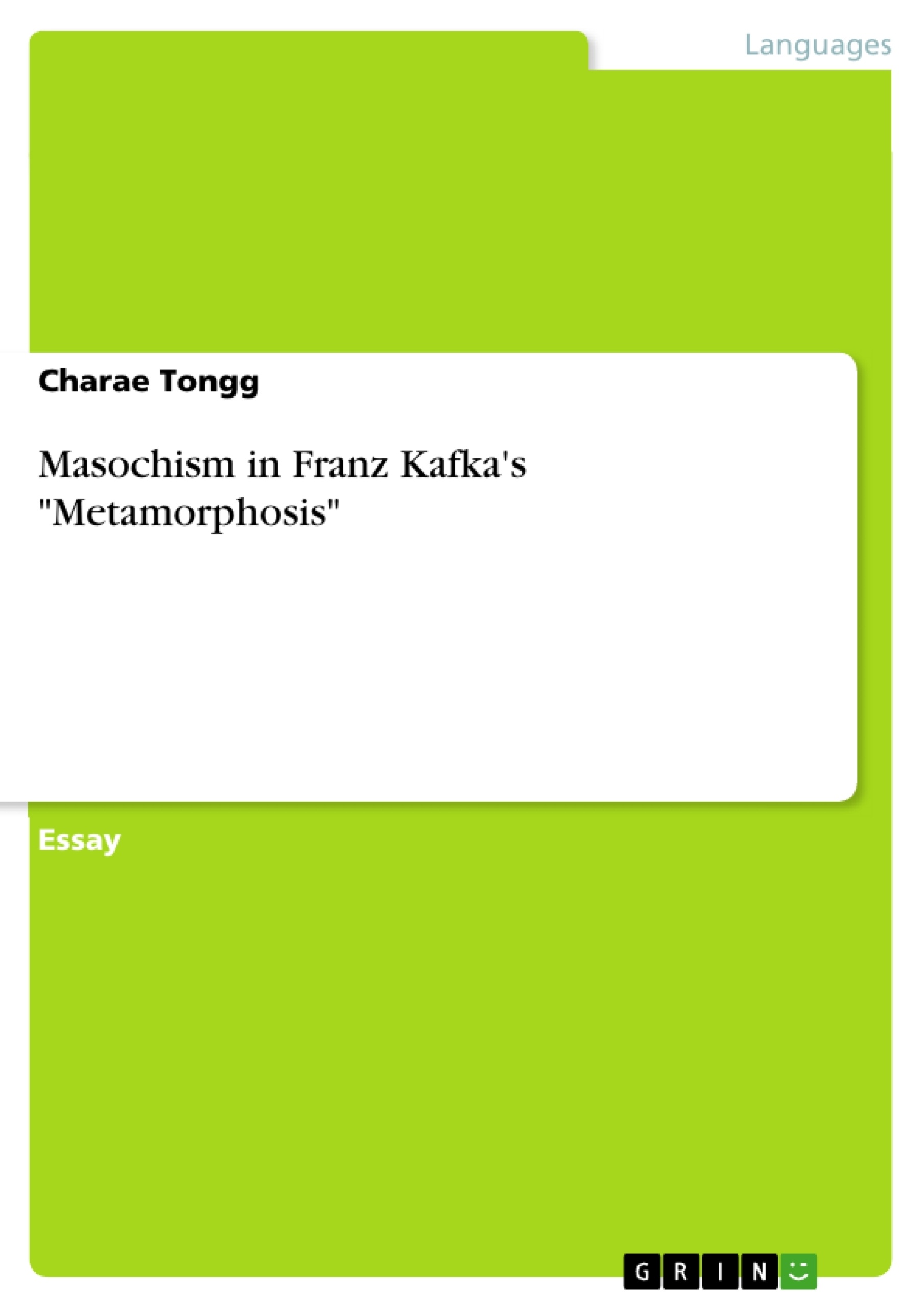The paper is a close reading of Franz Kafka's "Metamorphosis" on elements of masochism within the text. This essay explores non-explicit examples of masochism in the protagonist, Gregor Samsa.
Inhaltsverzeichnis (Table of Contents)
- Masochism in The Metamorphosis
Zielsetzung und Themenschwerpunkte (Objectives and Key Themes)
This essay examines the theme of masochism in Franz Kafka's The Metamorphosis, arguing that Gregor Samsa's transformation into a bug reveals a dynamic symbiosis between pleasure and pain in human experience. The essay analyzes Gregor's actions and motivations, highlighting his submission to suffering both before and after his metamorphosis.
- The nature of masochism and its manifestation in Gregor Samsa's character
- The relationship between pain and pleasure in Gregor's actions and motivations
- The role of Gregor's suffering in the family's well-being
- Kafka's potential use of the text to manipulate the reader's experience of anxiety and discomfort
- The broader implications of the pain-pleasure dynamic in human experience
Zusammenfassung der Kapitel (Chapter Summaries)
The essay focuses on Gregor Samsa's character and his masochistic tendencies, exploring his motivations and actions before and after his transformation into a bug. The essay analyzes Gregor's self-sacrificing behavior, his submission to a miserable job for the sake of his family, and his withdrawal from the world after his transformation. The essay further examines the connection between Gregor's suffering and his family's well-being, particularly highlighting the positive changes the Samsa family experiences after Gregor's death.
Schlüsselwörter (Keywords)
The main keywords and focus topics of the text include masochism, pain, pleasure, suffering, Franz Kafka, The Metamorphosis, Gregor Samsa, family dynamics, anxiety, discomfort, and the human experience.
- Quote paper
- Charae Tongg (Author), 2014, Masochism in Franz Kafka's "Metamorphosis", Munich, GRIN Verlag, https://www.grin.com/document/273654



